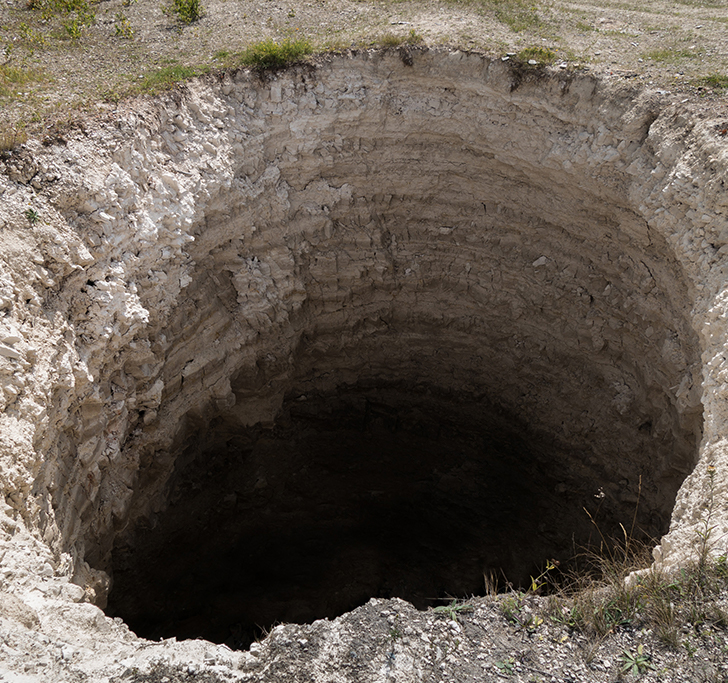ENGINEERING AND ENVIRONMENTAL
Geophysical Analysis Looking for Buried Objects and Pipelines

Survey Design and Geophysical Analysis for Mining Projects: tailings dam, landfill, underground ramp & tunnels
Hydrogeological Studies
With the concentration of population in both large cities and metropolitan regions, human activities increase the risks of contamination of aquifers.
In addition, it is common to use groundwater for industrial, urban, and agricultural use in several regions. Without control, water pumping is prejudicial when lowering the water table can be more significant than recharge.
Geophysical electrical methods are powerful tools for mapping groundwater pathways. These pathways can be beneficial when acting as water transfer routes or malefic when carrying pollutants from the surface into the aquifer. Our team can support all steps of a geophysical survey applying to hydrogeological studies, from planning, survey design, acquisition, processing, and interpretation.

